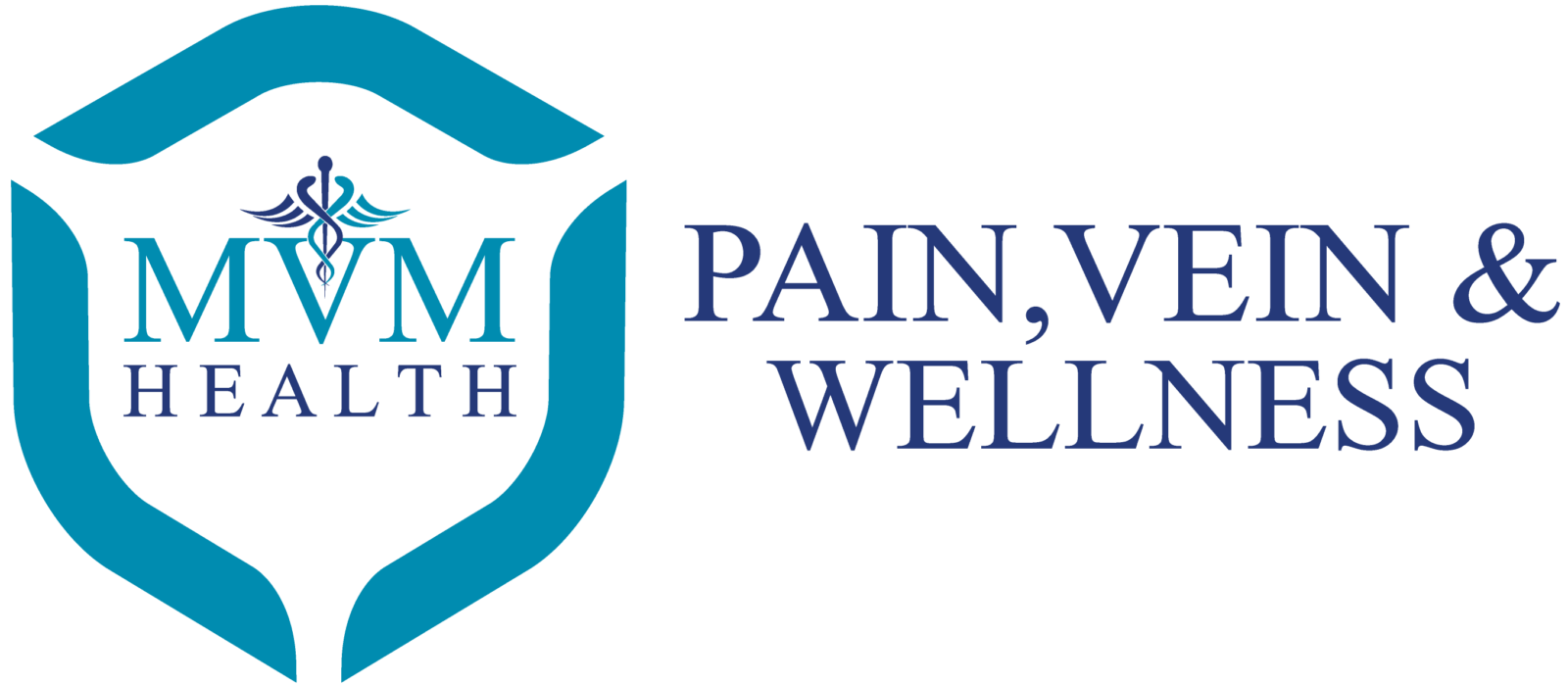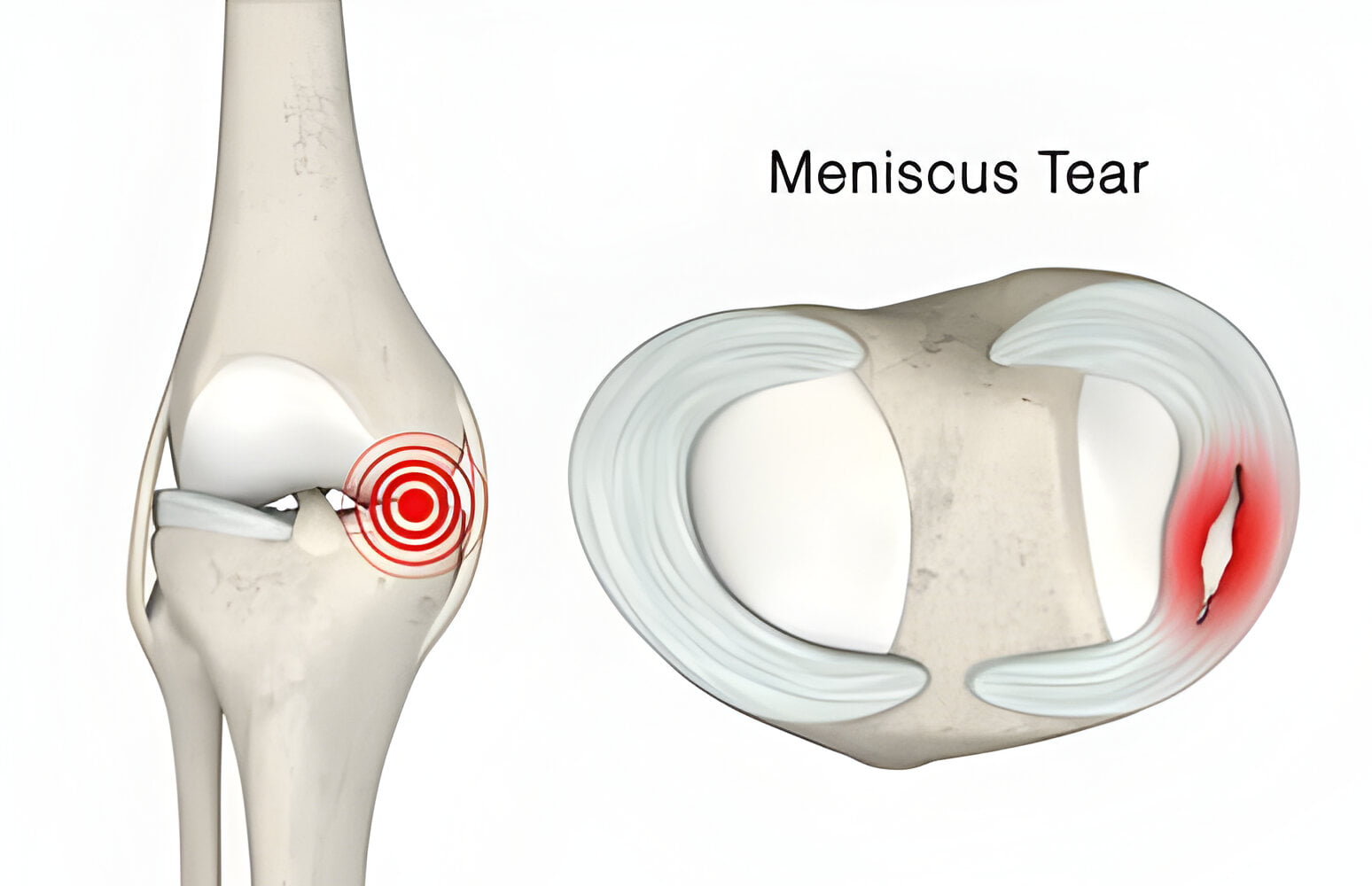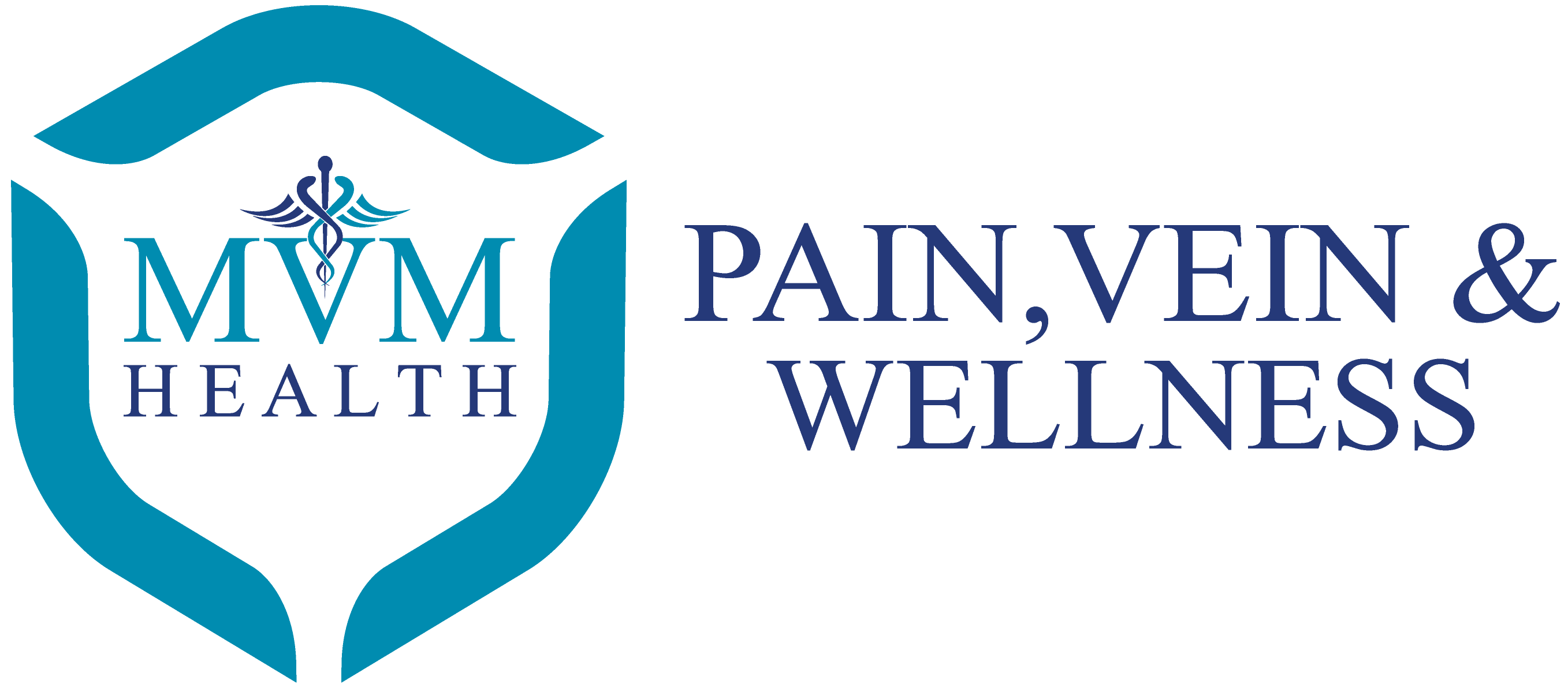A meniscus tear is a common knee injury affecting people across various age groups and activity levels. Whether you are an athlete, a fitness enthusiast, or someone leading an active lifestyle, a sudden twist or turn can result in a painful tear in the meniscus, the cartilage cushioning the knee joint.
Fortunately, there are effective non-surgical approaches to manage and recover from a meniscus tear. In this article, we will look into the non-surgical path to recovery, exploring different treatment options, lifestyle adjustments, and ways to enhance healing and prevent further injury.
Non-Surgical Treatment Options
Rest and Immobilization
One of the most effective immediate responses to a meniscus tear is rest. Limiting movement and avoiding activities that place stress on the knee allow the cartilage to heal. Using a knee brace or crutches can provide additional support and help prevent further injury.
Steroid Injections
For cases where pain and inflammation are more intense, steroid injections may be considered. These injections deliver powerful anti-inflammatory medication directly into the knee joint, providing relief from pain and reducing inflammation swiftly. While steroid injections offer immediate relief, it’s important to use them judiciously as frequent use can lead to potential side effects, including weakening of the joint cartilage.
PRP Injections
Platelet-Rich Plasma (PRP) therapy is another advanced treatment option that harnesses the healing powers of your own blood. By concentrating platelets and growth factors from your blood and injecting them into the injured area, PRP injections promote natural healing of the cartilage. This method not only helps reduce pain but also accelerates repair, making it a popular choice among athletes and active individuals looking for a quick return to their activities.
Shockwave Therapy
Shockwave Therapy is a non-invasive treatment that uses sound waves to stimulate healing in injured tissue. This therapy is particularly beneficial for persistent knee pain associated with meniscus tears. The sound waves induce microtrauma to the tissue, which promotes the body’s natural healing processes by increasing blood flow and cellular activity in the knee area.
These advanced treatments, when combined with traditional non-surgical methods, can significantly enhance recovery outcomes, helping patients return to their normal activities with reduced pain and improved knee function.
Physical Therapy
Physical therapy plays a crucial role in non-surgical recovery from a meniscus tear. A qualified therapist can guide you through exercises that strengthen the muscles around the knee, improve flexibility, and support the joint during the healing process. Therapy may include stretching, strengthening, and balance exercises tailored to the injury’s severity and your individual needs.
Medication
Over-the-counter pain relievers like ibuprofen or acetaminophen can help manage pain and inflammation, making daily activities more comfortable. In some cases, a healthcare professional may prescribe stronger medications or recommend corticosteroid injections for more severe pain or inflammation.
RICE Method
The RICE method (Rest, Ice, Compression, Elevation) is an effective first-aid treatment for meniscus tears. Applying ice and compression can reduce swelling, while elevating the knee above heart level helps minimize fluid buildup.
Lifestyle Adjustments
Maintaining a healthy weight can reduce pressure on the knee, helping to prevent further injury. Avoiding activities that strain the knee, such as running on hard surfaces, or engaging in low-impact exercises like swimming or cycling, can also contribute to recovery.
Recovery Time and Prevention
Recovery time from a meniscus tear can vary depending on the severity of the tear and the treatment approach. Some people recover within a few weeks, while others may take several months. Following the prescribed non-surgical treatment plan and avoiding activities that strain the knee can expedite recovery and minimize the risk of re-injury.
Conclusion
Meniscus tears can be painful and disruptive, but a non-surgical path to recovery offers effective options for healing and getting back to everyday life. From rest and physical therapy to lifestyle adjustments, these approaches can help you recover from a meniscus tear without surgery. If you or a loved one has suffered a meniscus tear and requires guidance or support, consult a qualified healthcare professional to explore the best non-surgical options available.









